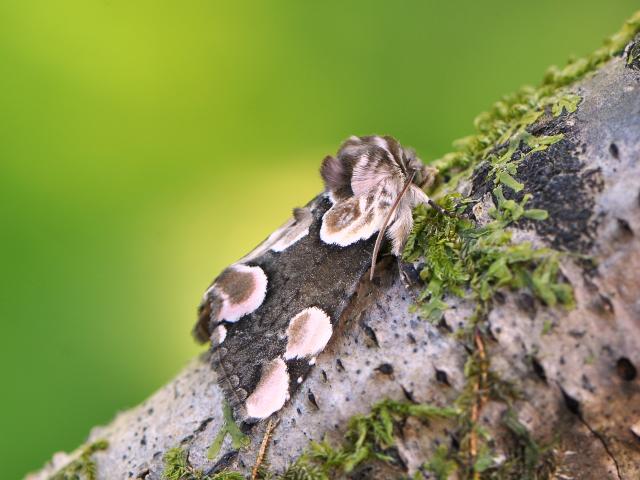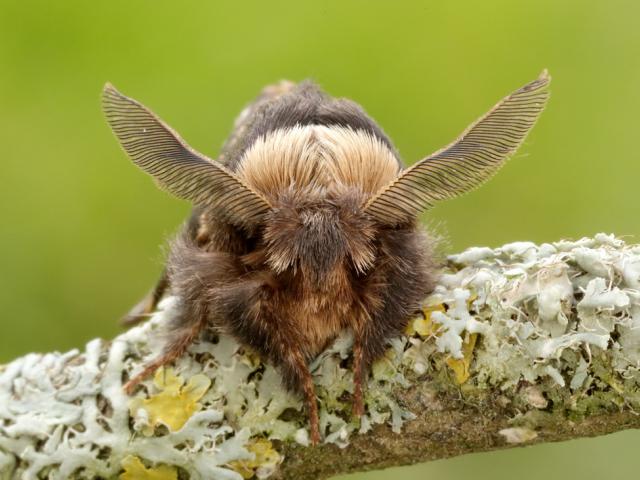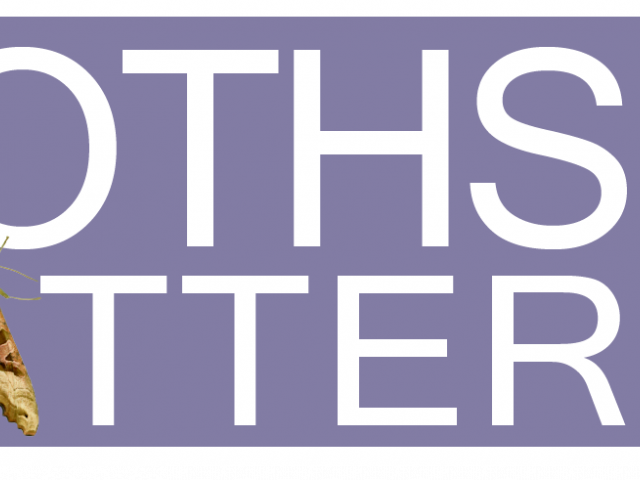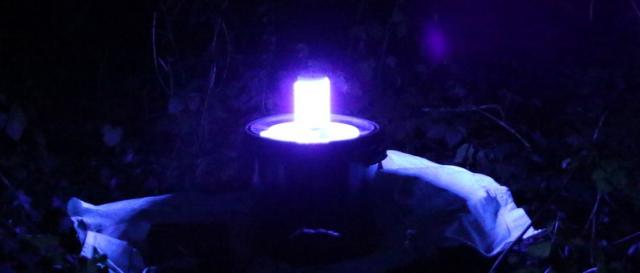Dr Phil Sterling, Building Sites for Butterflies Programme Manager and a keen moth enthusiast discusses his best advice when going moth trapping.
I think this depends on whether you’re a beginner or a hardened soldier and been at it for decades. I think if I were about to start moth trapping, I would start in early spring, in March. That’s because there are quite a lot of moths around in gardens and the wider countryside but there are a limited number of species. These species are around for a few weeks or months so you can get confident in identifying them before the species range changes in May.

As you move into the middle of the summer, diversity increases and if you want to see the greatest number of species then run a trap in early to mid-July. On a really warm, muggy night in southern or eastern England you can record over 200 species. That can be overwhelming – even for an expert – to identify all of those, so diving in at that time of year as a beginner can be a bit daunting. Join up with other beginners to share the task, and joy, and even better if there’s a local expert to lend a hand! Joining Butterfly Conservation gives you great access to such local enthusiasts. It is great and really exciting to see so many different species in the summer, such as hawk-moths, Buff-tip, Peach Blossom, Green Silver-lines, exhibiting all the colours of the rainbow and wonderful wing patterns.

And then as we come into autumn the number of species declines again and it starts to get easier as there are fewer species. But you can keep trapping all year. There are moths around every month of the year when the nights are warm enough for the moths to fly. The night-time temperature in winter needs to be above freezing for moths to fly, and ideally 6 – 70C, and you should see winter favourites such as Winter Moth and December Moth which are specially adapted to flying in the cold.
So, I think the best time to start is in spring. You get that real excitement of seeing moths you’ve never before, anticipation of what’s to come over the summer months, and following the changes over the seasons.
When you put out your trap, always think about the unexpected. For instance, I put my moth trap out on the 13th December last year in my garden in Weymouth. It was mild but windy and, in the morning, there were only 4 moths in the trap. But one of them looked a bit odd to me and I kept and photographed it. It turned out to be the Cork Oak Nycteoline, not previously seen in Britain before. It’s a little chap very similar to our resident Oak Nycteoline and this individual had probably flown from central France the previous night. You never know what might turn up in yours!
Take action

To celebrate Moths Matter 2022 we’re offering a free Moth pack with content full to the brim of facts, advice, and information on moths.


